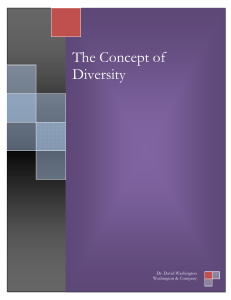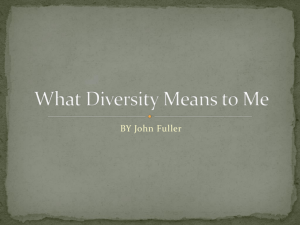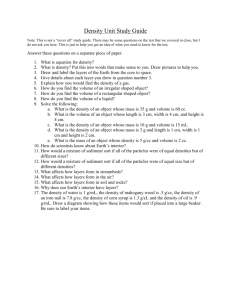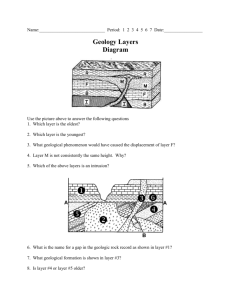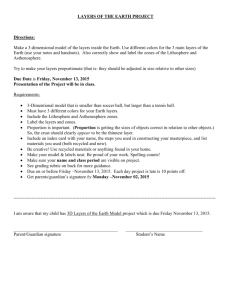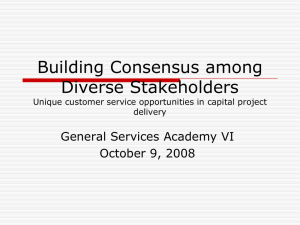Dimensions of Diversity
advertisement
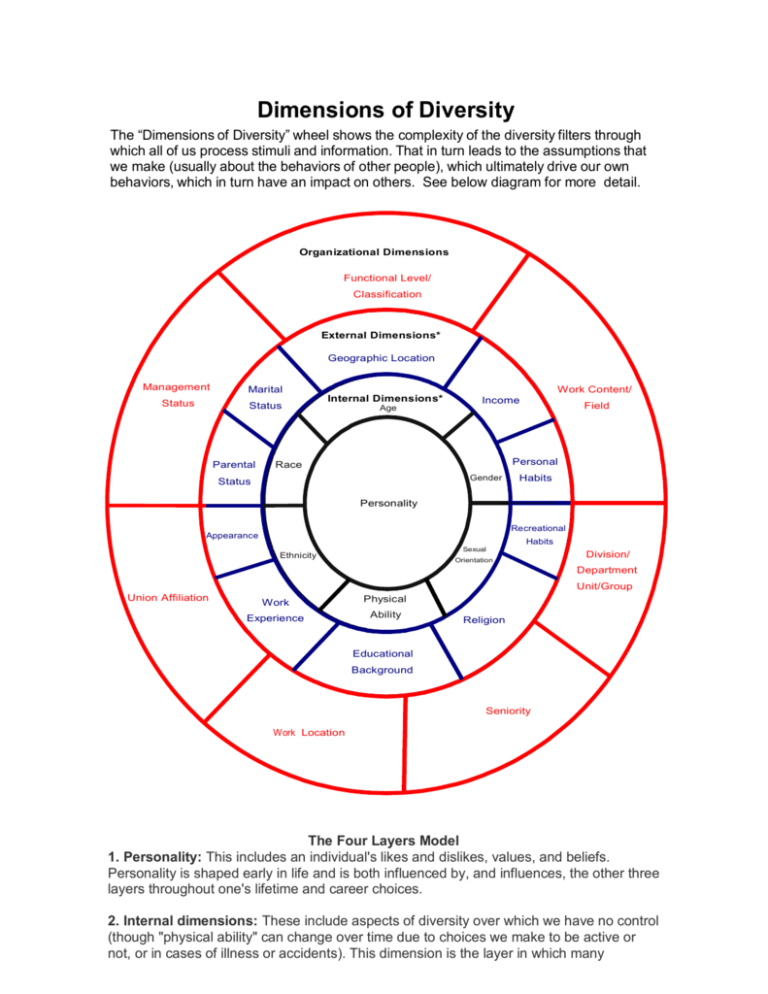
Dimensions of Diversity The “Dimensions of Diversity” wheel shows the complexity of the diversity filters through which all of us process stimuli and information. That in turn leads to the assumptions that we make (usually about the behaviors of other people), which ultimately drive our own behaviors, which in turn have an impact on others. See below diagram for more detail. Organizational Dimensions Functional Level/ Classification External Dimensions* Geographic Location Management Marital Status Status Parental Work Content/ Internal Dimensions* Age Income Field Personal Race Gender Status Habits Personality Recreational Appearance Habits Sexual Ethnicity Orientation Division/ Department Unit/Group Union Affiliation Work Physical Experience Ability Religion Educational Background Seniority Work Location The Four Layers Model 1. Personality: This includes an individual's likes and dislikes, values, and beliefs. Personality is shaped early in life and is both influenced by, and influences, the other three layers throughout one's lifetime and career choices. 2. Internal dimensions: These include aspects of diversity over which we have no control (though "physical ability" can change over time due to choices we make to be active or not, or in cases of illness or accidents). This dimension is the layer in which many divisions between and among people exist and which forms the core of many diversity efforts. These dimensions include the first things we see in other people, such as race or gender and on which we make many assumptions and base judgments. 3. External dimensions: These include aspects of our lives which we have some control over, which might change over time, and which usually form the basis for decisions on careers and work styles. This layer often determines, in part, with whom we develop friendships and what we do for work. This layer also tells us much about whom we like to be with. 4. Organizational dimensions: This layer concerns the aspects of culture found in a work setting. While much attention of diversity efforts is focused on the internal dimensions, issues of preferential treatment and opportunities for development or promotion are impacted by the aspects of this layer. The usefulness of this model is that it includes the dimensions that shape and impact both the individual and the organization itself. While the "Internal Dimensions" receive primary attention in successful diversity initiatives, the elements of the "External" and "Organizational" dimensions often determine the way people are treated, who "fits" or not in a department, who gets the opportunity for development or promotions, and who gets recognized. Four Layers Exercises "The Four Layers of Diversity" is not only a useful model, but can be used as a reflective tool to develop your own understanding of the impact of diversity on your life: 1. Read over the factors on the four dimensions. Think about how the various factors influenced the choices and decisions you made up to this point in your life. Which have had a positive impact? Which have had a negative impact? Which are you proud of? Which do you try to hide from others? 2. Looking at the factors again, think about those you have difficulty in accepting in other people. Which of the factors do you make snap judgments on? Which influence your decisions in a negative manner? What factors cause you to try to avoid contact with others? 3. To explore your values, create a list with the names of individuals you associate with frequently (family, work, community organizations). Next to each person's name, write some of the factors from the dimensions that you are both aware of and those you assume to be true about the person. For example: Jason: white, middle-class, college degree, single, Catholic. You can select different factors for each person. Then ask yourself: how do I treat this person differently, both in a positive and a negative manner, based on what I know, or the assumptions I am making, about the person? Where are my biases coming out? 4. Finally, the "Four Layers" can be used as a team building exercise for organizations, by having each individual work through exercises 1 and 2 individually, and then discussing their responses together. Sources: Diverse Teams at Work, Gardenswartz & Rowe *Internal Dimensions and External Dimensions are adapted from Marilyn Loden and Julie Rosener, Workforce America; Business One Irwin, 1991 http://www.colormagazineusa.com/index.php?option=com_content&view=article&id=219:th
